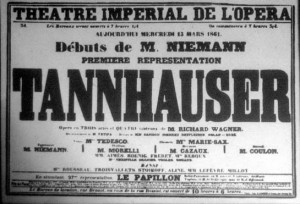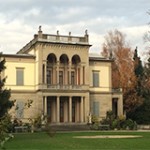 Biography V.
Biography V.
YEARS OF EXILE AND WANDERING
(1850-1863)
In January 1850, the composer embarks on the scenario of Wieland der Schmied, a work that he reserves for the Paris Opera. And since the composer isn’t sure he can make a name for himself by creating the music, he offers the composition gig to Hector Berlioz and Franz Liszt. Both of them respectfully decline this collaboration proposition.
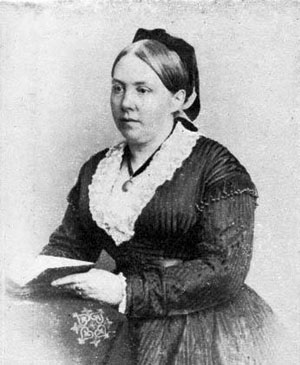 Nonetheless, Wagner travels to Paris well-determined to make his different opera and symphony projects happen. Indeed, Paris is not that far from Bordeaux, and whilst still looking for support and (wealthy) patrons, Wagner responds to the invitation sent by the young Jessie Laussot that he met a few years earlier in Dresden. The young woman, née Taylor in a wealthy English family, spouse of a wine merchant in Bordeaux, has been an enthusiast Wagnerian from the very start. Furthermore, her mother – who is also enamoured with Wagner’s music – promised him substantial financial support. But between the exiled composer who is desperately unhappily married (his marriage to Minna getting increasingly unbearable) and the impassioned Wagnerian, the accommodation offer quickly becomes a “Bordeaux romance”: both of them come up with the most extraordinary getaway plans. However Eugène Laussot isn’t a complacent spouse: in May 1850, the husband takes his wife away to the countryside and takes advantage of this absence to kick Richard Wagner out, who is still wanted by the police forces beyond Prussia’s borders and is disgraced as a dangerous activist. As for Mrs Taylor, she takes back her support offer. This puts an end to this miserable “Bordeaux adventure”.
Nonetheless, Wagner travels to Paris well-determined to make his different opera and symphony projects happen. Indeed, Paris is not that far from Bordeaux, and whilst still looking for support and (wealthy) patrons, Wagner responds to the invitation sent by the young Jessie Laussot that he met a few years earlier in Dresden. The young woman, née Taylor in a wealthy English family, spouse of a wine merchant in Bordeaux, has been an enthusiast Wagnerian from the very start. Furthermore, her mother – who is also enamoured with Wagner’s music – promised him substantial financial support. But between the exiled composer who is desperately unhappily married (his marriage to Minna getting increasingly unbearable) and the impassioned Wagnerian, the accommodation offer quickly becomes a “Bordeaux romance”: both of them come up with the most extraordinary getaway plans. However Eugène Laussot isn’t a complacent spouse: in May 1850, the husband takes his wife away to the countryside and takes advantage of this absence to kick Richard Wagner out, who is still wanted by the police forces beyond Prussia’s borders and is disgraced as a dangerous activist. As for Mrs Taylor, she takes back her support offer. This puts an end to this miserable “Bordeaux adventure”.
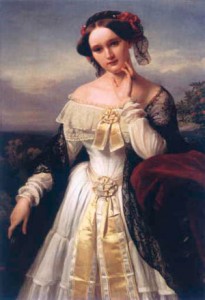 Wagner therefore goes back to Zurich where life as an exile seems calmer. But the composer seethes internally… as much rage against his “so-called friends” (who haven’t been as helpful as they had promised) as internal creative force. Exasperated by the predominance of Meyerbeer who reigns supreme on the cultural life in France (and in Europe…), Richard Wagner writes a virulent pamphlet in August 1850, Das Judentum in der Musik. Having been offered the direction of the Zurich Theatre, then Richard Wagner sketches in May 1851 the scenario of Der junge Siegfried, the first part of a drama inspired by the Nibelungenlied. Zurich, land of exiles of all conditions and origins, city of freedom of expression, reveals itself to be a place of memorable encounters for the composer. From 1852, he gets to know the couple François and Eliza Wille, respectively a publicist and a poet, who quickly become his faithful friends, the young Hans von Bülow who begins a young career as the conductor in Zurich, as well as Otto Wesendonck, future benefactor, and his wife Mathilde… future muse.
Wagner therefore goes back to Zurich where life as an exile seems calmer. But the composer seethes internally… as much rage against his “so-called friends” (who haven’t been as helpful as they had promised) as internal creative force. Exasperated by the predominance of Meyerbeer who reigns supreme on the cultural life in France (and in Europe…), Richard Wagner writes a virulent pamphlet in August 1850, Das Judentum in der Musik. Having been offered the direction of the Zurich Theatre, then Richard Wagner sketches in May 1851 the scenario of Der junge Siegfried, the first part of a drama inspired by the Nibelungenlied. Zurich, land of exiles of all conditions and origins, city of freedom of expression, reveals itself to be a place of memorable encounters for the composer. From 1852, he gets to know the couple François and Eliza Wille, respectively a publicist and a poet, who quickly become his faithful friends, the young Hans von Bülow who begins a young career as the conductor in Zurich, as well as Otto Wesendonck, future benefactor, and his wife Mathilde… future muse.
On December 15, 1852, the four poems making up Der Ring des Nibelungen are finished. And the idea of a festival dedicated to the performances of this literary and musical epic sprouts little by little. The years that follow are thus exclusively dedicated to the composition of Das Rheingold and Die Walküre.
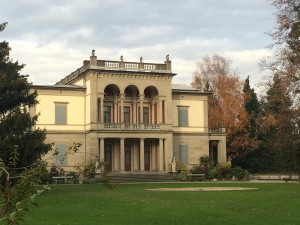 Beyond this work on the first two episodes of Der Ring des Nibelungen, Richard Wagner pursues new writing and composition projects: Tristan und Isolde, on one hand, largely inspired by the discovery of Arthur Schopenhauer’s works introduced by his friend Herwegh, Die Sieger, on the other hand, following the enthusiasm sprout by reading the Introduction to the History of Indian Buddhism by Burnouf.
Beyond this work on the first two episodes of Der Ring des Nibelungen, Richard Wagner pursues new writing and composition projects: Tristan und Isolde, on one hand, largely inspired by the discovery of Arthur Schopenhauer’s works introduced by his friend Herwegh, Die Sieger, on the other hand, following the enthusiasm sprout by reading the Introduction to the History of Indian Buddhism by Burnouf.
Tired of the responsibilities of his position, he presents his resignation to the Zurich Music Society. Having become close to the couple Otto and Mathilde Wesendonck, Wagner accepts the offer to move with his wife Minna to the “Asil”, a building in the form of a cottage close to the property the couple just had built on the Enge hill, in Zurich. The composer, under the spell of his muse, Mathilde Wesendonck, “abandons his hero Siegfried in the woods” and devotes himself fully to the conception of the singular atmosphere of Tristan und Isolde. But at the beginning of 1858, conflict escalates between “the Asil” and the Wesendonck estate, Minna starting to understand the relationship between her husband and Mathilde. The scandal erupts when Minna intercepts an ambiguous letter between the composer and his muse.
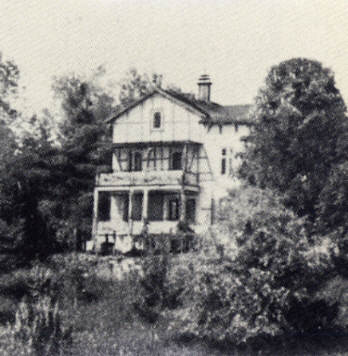
Therefore Wagner has to leave “the Asil” definitively. Without Minna. Next step for the composer : Venice, then Lucerne. He continues to face financial hardship, debts and Tristan und Isolde. This music coming from the darkest side of the artist is finally completed on August 6, 1859, in total pessimism, inspired by the plaintive singing of the Venetian gondoliers.
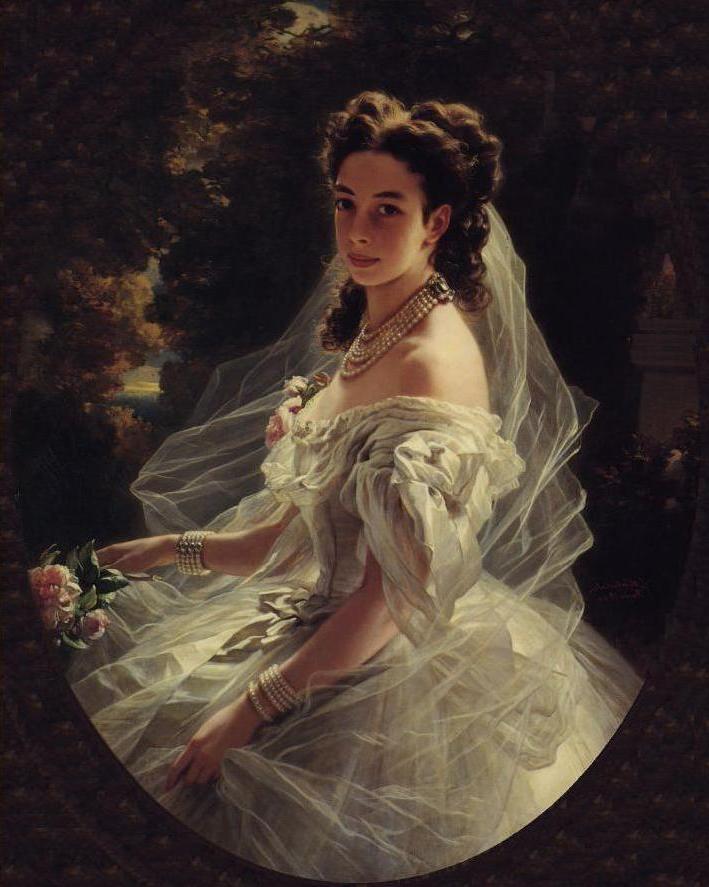 On September 10, 1859, Wagner is invited by the Paris Opera to perform his Tannhaüser with the strong support of Princess Pauline von Metternich, the spouse of the Ambassador of Austria in Paris. Could Wagner finally be on track to be accepted by Parisians? The first months in Paris are promising, the first concerts directed by the composer having been met with decent success. However, during the rehearsals for Tannhaüser, the composer has to entirely change the work. Nothing goes right, despite the inordinate number of rehearsals granted to the composer: the tenor Albert Niemann asks for his role to be cut, Mrs Tedesco (Venus) isn’t really convincing in hers… and especially it is imposed on Wagner, depending on usage, to place a ballet at the second act of his work, without which he would risk to attract the wrath of the members of the Jockey-Club Circle whose mistresses were the young dancers of the corps de ballet! But Richard Wagner doesn’t listen to these warnings: if there was to be a ballet, it would be a bacchanal, and it would be placed at the first act of his work, directly after the opening. Victim of an unprecedented cabal, the work that ignites quite passionate feelings (and the whistles of the members of the Jockey-Club) is pulled after… three performances! Wagner leaves Paris on April 15, 1861 saying – at least a caricature edited in a French newspaper will show the composer saying- : “The French people are stupid!”
On September 10, 1859, Wagner is invited by the Paris Opera to perform his Tannhaüser with the strong support of Princess Pauline von Metternich, the spouse of the Ambassador of Austria in Paris. Could Wagner finally be on track to be accepted by Parisians? The first months in Paris are promising, the first concerts directed by the composer having been met with decent success. However, during the rehearsals for Tannhaüser, the composer has to entirely change the work. Nothing goes right, despite the inordinate number of rehearsals granted to the composer: the tenor Albert Niemann asks for his role to be cut, Mrs Tedesco (Venus) isn’t really convincing in hers… and especially it is imposed on Wagner, depending on usage, to place a ballet at the second act of his work, without which he would risk to attract the wrath of the members of the Jockey-Club Circle whose mistresses were the young dancers of the corps de ballet! But Richard Wagner doesn’t listen to these warnings: if there was to be a ballet, it would be a bacchanal, and it would be placed at the first act of his work, directly after the opening. Victim of an unprecedented cabal, the work that ignites quite passionate feelings (and the whistles of the members of the Jockey-Club) is pulled after… three performances! Wagner leaves Paris on April 15, 1861 saying – at least a caricature edited in a French newspaper will show the composer saying- : “The French people are stupid!”
Disillusioned, the composer tries in a desperate bid to cling to the success he expects of Tristan und Isolde. Why not on the Vienna stage? As the rehearsals begin, Wagner embarks on a new project, Die Meistersinger von Nürnberg. While Tristan gets bogged down due to a lack of singers and orchestra at a level commensurate with the work.
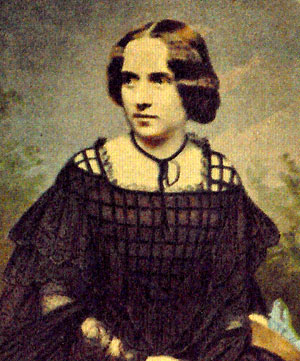 On February 8, 1862, the composer moves to Biebrich, near Wiesbaden. There he meets Mathilde Maier, a young woman with a romantic, although reserved, temperament, during a reception hosted by her publisher Schott.
On February 8, 1862, the composer moves to Biebrich, near Wiesbaden. There he meets Mathilde Maier, a young woman with a romantic, although reserved, temperament, during a reception hosted by her publisher Schott.
Despite the constant lack of money and artistic projects that do not come to fruition, this – short – love affair enables our composer to “breathe” for just a moment. Only !
Benefiting finally from a full pardon allowing him to return to Germany, Wagner travels and attends performances of his works. He organizes one concert after the other throughout Europe, which are successful, but Wagner, as always, is short of money. And this time, Otto and Mathilde Wesendonck don’t bail him out.
Despite his relationship with Mathilde Maier, to whom he offers to move in with him, the composer and Cosima admit their feelings for each other in 1863. But a twist in the dramatic life of Richard Wagner is about to strike: King Louis II of Bavaria, passionately enamored with the composer’s works, looks for the exile and is about to change the course of his life.
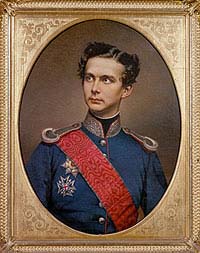
NC/SB.
![]()
If you wish to share further information about this article, please feel free to contact us !
